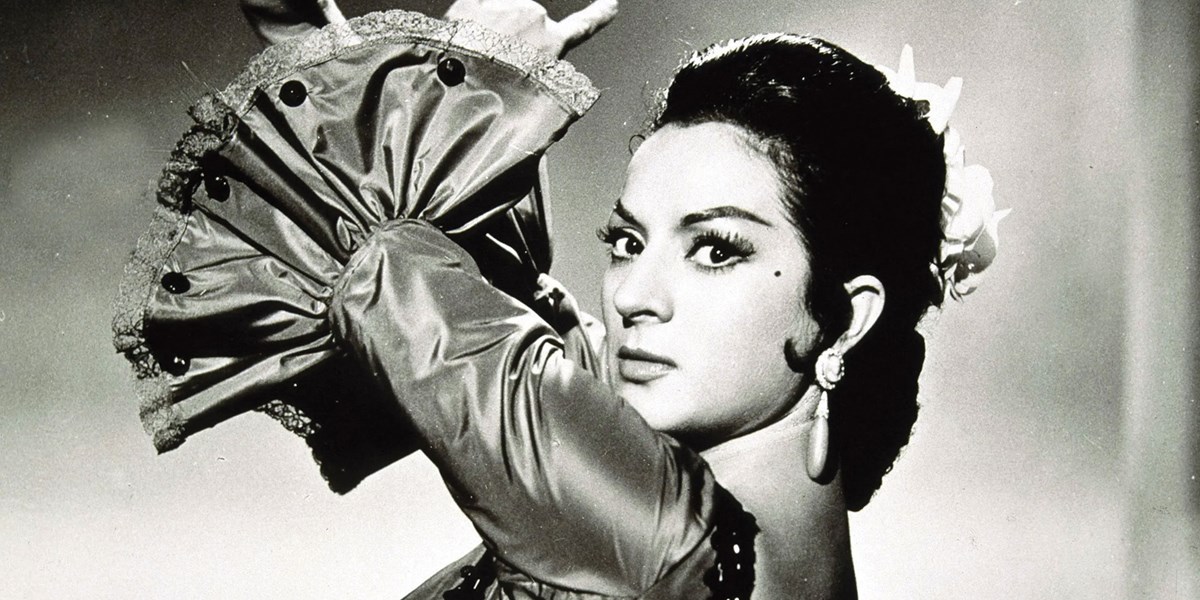Thursday, August 21, 2025
Lola Flores: a beginner's guide
Philip Sweeney takes a look back at the life of the flamenco singer, dancer and actress who remains a beacon of Andalucian culture


Register now to continue reading

Thanks for visiting the Songlines website, your guide to an extraordinary world of music and culture. Sign up for a free account now to enjoy:
- Free access to 2 subscriber-only articles and album reviews every month
- Unlimited access to our news and awards pages
- Our regular email newsletters

